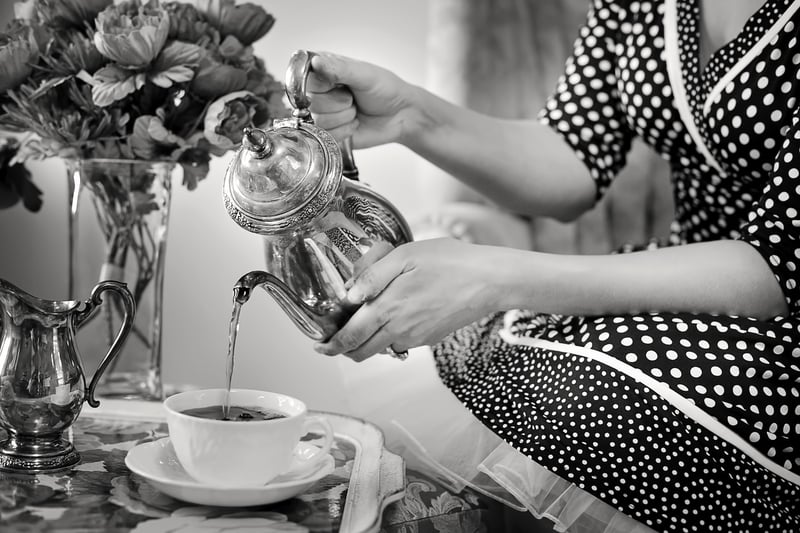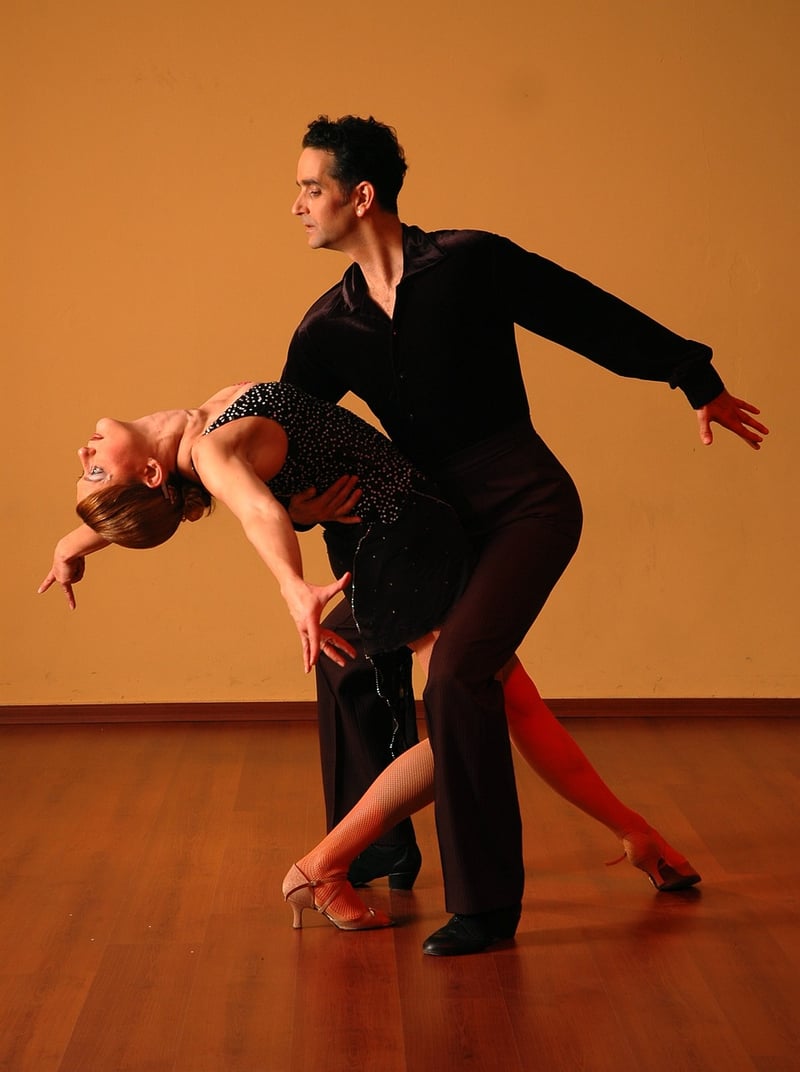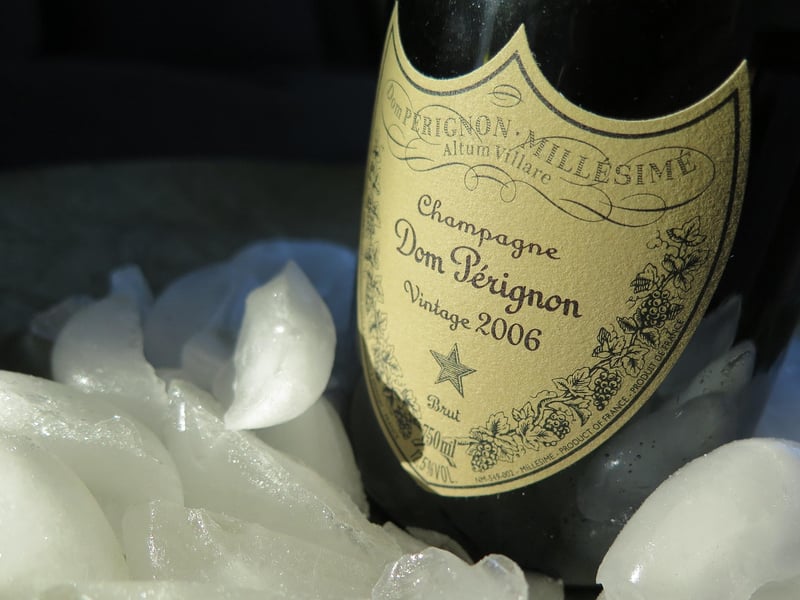Historical Etiquette
Helpful Advice and Historical Etiquette
Introduction
Welcome to our guide on helpful advice and historical etiquette! In this article, we will explore timeless tips on proper behavior and manners, blending modern sensibilities with a touch of historical charm. Let's delve into the world of etiquette and decorum.
1. The Art of Conversation
Engaging in meaningful conversation is a skill that never goes out of style. Whether at a social gathering or a business meeting, remember to listen actively, ask thoughtful questions, and show genuine interest in others. Avoid controversial topics and practice good manners by taking turns speaking.
2. Dining Etiquette
When dining, follow the basic rules of etiquette such as placing your napkin on your lap, chewing with your mouth closed, and using utensils from the outside in. Remember to wait for everyone to be served before starting your meal and never reach across the table for items.
3. Dressing Appropriately
Choosing the right attire for any occasion is essential. Dress modestly and appropriately for the event or venue you are attending. When in doubt, it's better to be slightly overdressed than underdressed. Pay attention to grooming and personal hygiene as they are crucial aspects of making a good impression.
4. Thank You Notes
Expressing gratitude never goes out of style. Sending handwritten thank you notes or emails after receiving a gift or attending an event is a thoughtful gesture that shows appreciation. Be prompt in sending your thanks and personalize your message to make it more meaningful.
5. Historical Etiquette Insights
Looking back at historical etiquette can provide valuable insights into social norms and behaviors of the past. From Victorian-era tea parties to Regency-era balls, each period had its own set of rules and customs that reflected the values of society at the time.
Victorian Tea Party Etiquette
In the Victorian era, hosting a tea party was a popular social event. Proper etiquette dictated that guests should dress elegantly, use polite language, and observe the rituals of tea-drinking with poise and grace. Tea parties were a way to showcase one's refinement and social standing.

Regency Ballroom Etiquette
During the Regency era, attending a ball was a significant social occasion. Guests were expected to adhere to strict rules of etiquette, including proper introductions, graceful dancing, and impeccable manners. The ballroom was a place to see and be seen, where social connections were forged and reputations upheld.

Conclusion
By incorporating these timeless tips on etiquette into your daily life, you can navigate social situations with confidence and grace. Remember that good manners never go out of style, and showing respect and consideration for others will always be appreciated. Embrace the wisdom of the past while adapting it to the present to cultivate a sense of refinement and elegance in your interactions.
